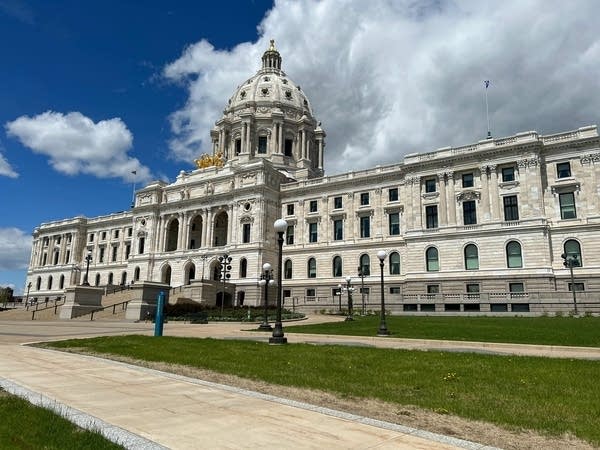One-party rule or divided Capitol again? Voters to decide

All 201 seats in the Minnesota Legislature and the governor's office are on the ballot in November.
Brian Bakst | MPR News
Go Deeper.
Create an account or log in to save stories.
Like this?
Thanks for liking this story! We have added it to a list of your favorite stories.


